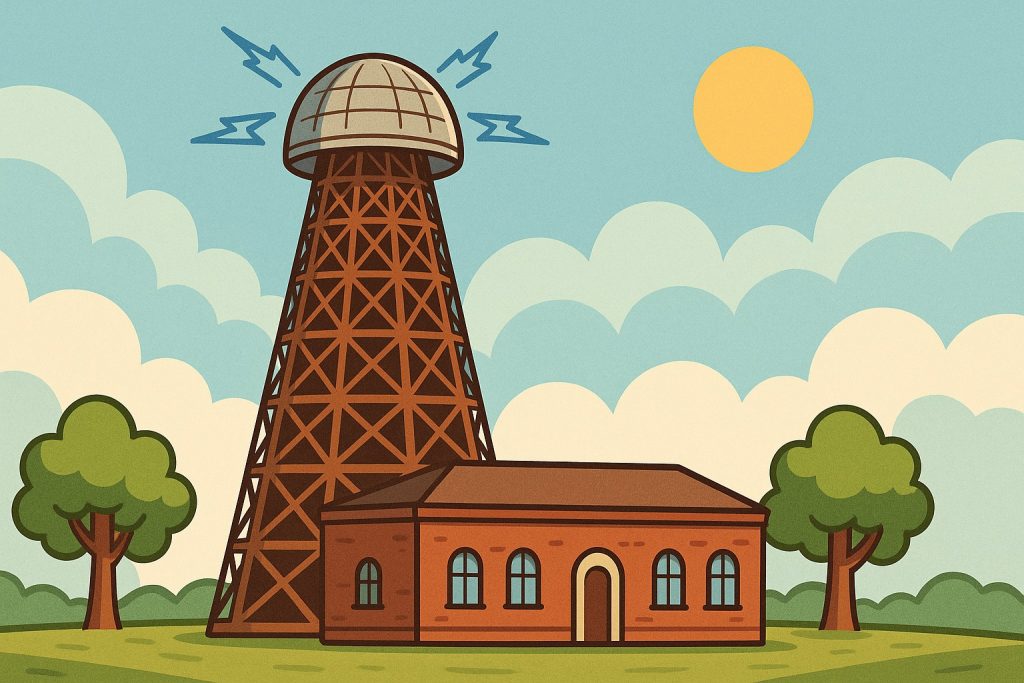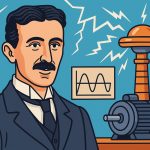The Wardenclyffe Tower, also known as the Tesla Tower, was one of the most ambitious and visionary projects in scientific history. Designed by Nikola Tesla in the early 20th century, this massive structure was intended to demonstrate the possibility of wireless transmission of energy across great distances. Although the tower was never fully operational, it remains a powerful symbol of Tesla’s genius and his futuristic vision.
The Vision Behind the Tower
Tesla believed that electricity could be transmitted wirelessly through the Earth and the atmosphere. His idea was that, by using resonant frequencies, he could send not just radio signals, but also electrical power around the globe—without wires. He envisioned a world where homes, ships, and machines could be powered remotely, reducing dependence on cables, fuels, and local power stations.
Wardenclyffe Tower was to be the first step toward this global energy system.
Construction and Design
The tower was built in Shoreham, Long Island (New York) in 1901, with funding from powerful investors, including J.P. Morgan. The structure stood about 187 feet (57 meters) tall, with a massive copper dome and a deep shaft beneath the ground that extended into the Earth.
Its purpose was twofold:
- Transmit wireless signals for global communication
- Transmit wireless electric power using ground-based resonance
Tesla used principles of electromagnetic induction and Earth conductivity to theorize that energy could “flow” through the ground, be amplified, and picked up by distant receivers.
Why the Project Failed
Despite Tesla’s confidence and partial construction of the tower, the project ran into serious problems:
- J.P. Morgan withdrew funding after learning Tesla intended to make energy free and globally accessible, which had no commercial return
- The scientific community was skeptical and divided
- Technological limitations and lack of support halted progress
- The tower was demolished in 1917, during World War I, amid rumors it might be used by foreign spies
Tesla was devastated by the failure, and the end of the tower marked a turning point in his career.
Legacy and Modern Influence
Though the tower itself failed, the concepts it embodied were ahead of their time. Today, scientists explore wireless charging, microwave energy transmission, and space-based solar power—all echoing Tesla’s vision.
The Wardenclyffe site has since been restored and transformed into a science museum by the Tesla Science Center, preserving the legacy of one of history’s most brilliant minds.
Glossary
- Wardenclyffe Tower – A wireless energy transmission tower designed by Nikola Tesla in 1901.
- Wireless transmission – Sending power or signals without physical connections like wires or cables.
- Resonant frequency – The natural frequency at which an object or system oscillates most efficiently.
- Electromagnetic induction – The process of generating electrical current using magnetic fields.
- Earth conductivity – The ability of Earth to conduct electric currents.


